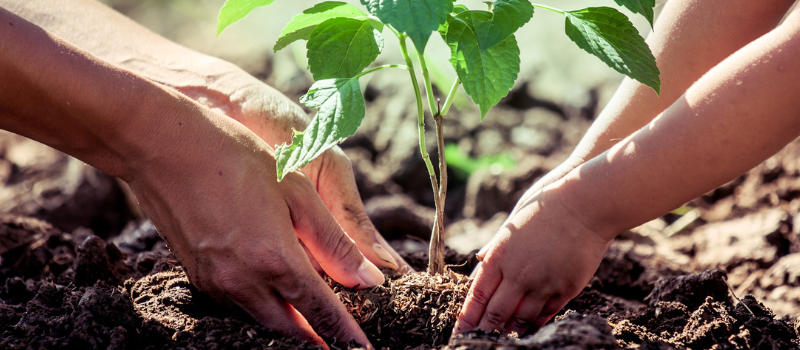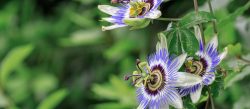
Turning kids into nature lovers
Published August 29, 2023
Sarah Kearns is one of Australia’s leading parenting bloggers, known for her honest approach to showcasing modern parenthood in its whole.
Sarah delves into the highs, lows, challenges, and triumphs of raising a family, embracing all the moments that come with the territory. With her home right next to the beautiful Lake Macquarie, Sarah is all about ensuring that her three kids grow up with green habits.
“We are incredibly blessed to live next to the largest lake in Australia, and to witness the beautiful plants and animals that call it home. The lake, bush, and beach nurtures both our mental and physical health, and we need to protect it to ensure future generations will enjoy it one day too.”
– Sarah Kearns, nurturing nature is important to her.
Being more environmentally conscious at home means that Sarah’s family is shopping more mindfully when it comes to food and material items.
“We compost our food waste at home, and this is a chore that sits with my eldest son, and we hope that this becomes a long-term habit for him. We’ve also started introducing more reusable items around the house, such as food packaging, and have stopped buying single-use plastics,” Sarah said.
“We have recently made a worm farm which has been incredibly exciting for our boys. Now rather than throw our waste away, our worms enjoy it! We then use the compost to nurture our garden and potted plants. Having a worm farm can be a fun and educational experience, especially for children. It teaches them about the natural processes of decomposition, recycling, and how living organisms interact to support our natural world processes.”
Below, Sarah shares her easy step-by-step process to start your very own worm farm.
- Acquire a bin to use for your farm and select a suitable spot to keep it. We purchased our plastic farm from our local home hardware store. You could use an old fish tank, dresser drawer, build a box from leftover wood or reuse a large old plastic bin or container. Your farm can be indoors or outdoors, depending on your climate and available space. Avoid direct sunlight and extreme temperatures.
- Make worms bedding from damp, old newspapers, or cardboard (try avoiding coloured print here!). Shred your newspaper or cardboard and moisten the bedding until it’s damp. Add a couple of cups of potting soil on top.
- Add your worms and let them burrow down. Make sure to note down the worm’s weight.
- Begin adding small amounts of kitchen scraps to the bedding. Limit citrus fruits and don’t use meat, bones, oils, or dairy products.
- Worms should be fed three times their weight per week. Feed your worms approximately once per week. Monitor their intake so you can reduce or increase regularly. To feed your worms, cut scraps as small as possible and place them under the bedding. Place a full sheet of dry newspaper/ cardboard on top to prevent odors and help balance moisture. Lastly, drill some holes in the farm’s lid or leave the lid slightly ajar. If bedding starts to dry up, spritz with water. If it gets too wet, replace the lid and fluff bedding once a week to allow air flow.
We believe that nature looks after us, so we must look after nature.
That’s why we’re asking Australians to make their very own nature pledge to nurture nature. We’re aiming to show Australian’s how easy it is to nurture the nature around them by being more sustainable in their daily lives. Read all about the Small Habits, Big Changes campaign here.
Learn about which Nature's Own product may be appropriate for you.
SEE THE PRODUCTS HERE







